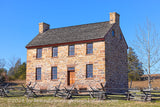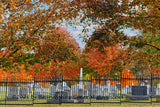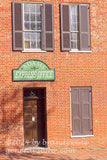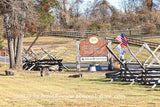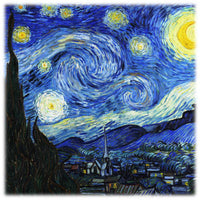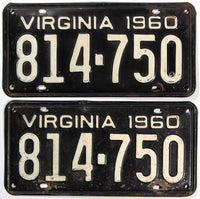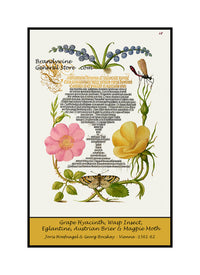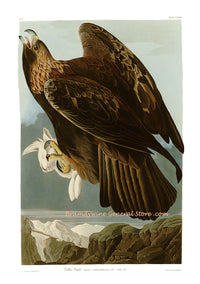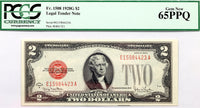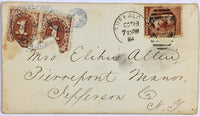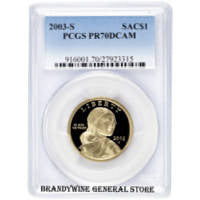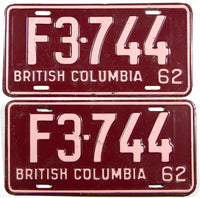Chestnut Colored Finch by John James Audubon Art Print
An archival premium Quality Art Print of the Chestnut Colored Finch, Black Headed Siskin, Black Crown Bunting and the Arctic Ground Finch for sale by Brandywine General Store. This is a busy scene for Audubon and was among the latter of the paintings he included in Birds of America, being plate or picture number 394 in the first Havell edition of this great ornithology tome. He was giving his subscribers a bargain with these multiple bird prints. In this drawing he shows a male and female pair of the arctic ground finches which are both setting on the grass. Above these arctic finches, setting in a small branch is a male black crown bunting, above him on the same branch is perched a black headed siskin, which is an old male specimen. Setting on the very top branch ready to grab a spider for dinner is the chestnut colored finch, which is a male in his spring time colors. A tall red flower is growing to the right of these birds, with the bloom rising as high as the branch the birds are perched upon. Plectrophanes Ornata, Fringilla Magellanica, Emberiza Atricapilla, Pipilo Arctica - Mr Audubon describes the Arctic Ground Finch in Birds of America thus: This handsome species was first described by Mr. SWAINSON in the Fauna Boreali-Americana. Dr. RICHARDSON in the same work states, that it was observed only on the plains of the Saskatchewan, where he supposes it breeds, as one specimen was obtained late in July. It arrives there in the end of May, and frequents shady and moist clumps of wood, being generally seen on the ground. It feeds on grubs, and is solitary and retired. My friend Mr. NUTTALL has furnished me with the following account of it:-- We found this familiar bird entirely confined to the western side of the Rocky Mountains. Like the common Towee, it is seen to frequent the forests amidst bushes and thickets, where, flitting along or scratching up the dead leaves, it seems intent on gaining a humble subsistence. It is much more shy than the common kind, when observed flying off or skulking in the thickest places, where it is with difficulty followed. In a few minutes, however, the male, always accompanying his mate, creeps out, and at first calls in a low whisper of recognition, when, if not immediately answered, he renews his plaintive par par or pay payay, until joined by her; when, if the nest be invaded, he comes out more boldly, and reiterates his complaint, while there remains around him the least, cause of alarm. Audubon bird print #394



